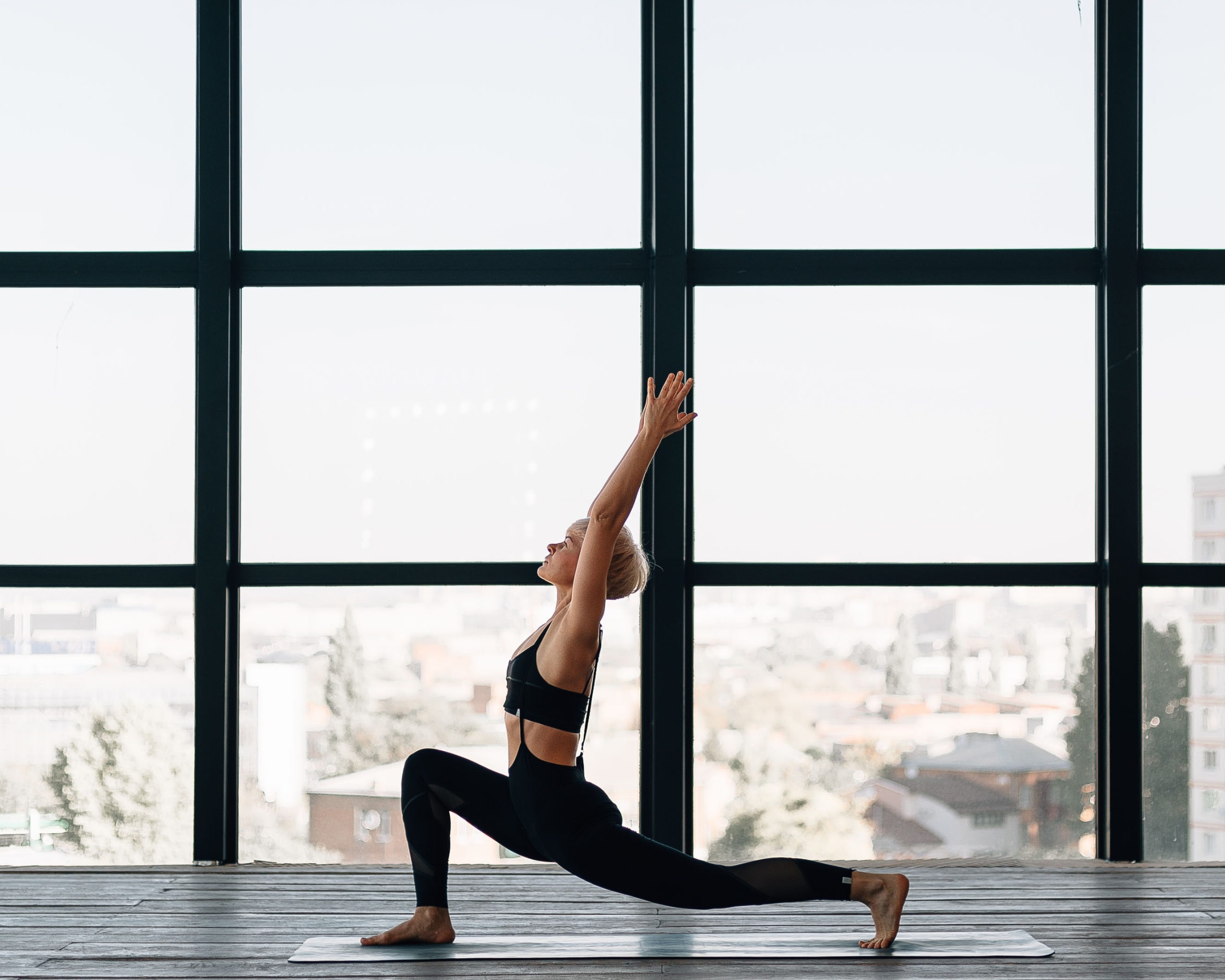Power up! Did you eat breakfast this morning? You probably did and you might be surprised to find out that this simple habit might be hindering your ability to lose weight, build muscle and get fitter.
Diet fads may come and go, but cultures around the world have long used periods of ritual fasting as a way to strengthen the body and mind. Society is once again coming around to the idea that restricting food intake for certain periods of time can be a viable practice for your health and well-being.
Intermittent fasting is becoming a buzzword within the fitness community for good reason. One of the major problems with fasts is that they are often impractical for our modern lives. Intermittent fasting is a solution to this problem because it requires very little lifestyle change in order to be effective.
How to start
As with any kind of change to your life, it’s important that you introduce fasting slowly in order to integrate it into your lifestyle. The best way is to try fasting for one day. Choose a day when you are able to cope with the fluctuation in energy levels and mood that some first-time fasters report having.
It’s also important that you’re honest with yourself about your situation and your goals. Fasting of any kind is not recommended for people with eating disorders or problems with blood sugar.
Consult your doctor for advice on the best way to integrate it into your life, especially if you have any concerns or pre-existing medical conditions.
How to do it
Okay, so you’ve been given the all-clear by your healthcare professional. Now what? Well, there are several fasting protocols to choose from, but most people go for the one that is simplest to implement – a popular fasting programme called the 16/8 protocol. Its name is derived from the fact that you’re fasting for sixteen hours and then only eating during an eight-hour window. This effectively breaks up your day into cycles of fasting and feasting.
A typical day on the 16/8 protocol would look something like this:
1. Wake up at your usual time and hydrate
Drinking water is obviously always extremely important, but it also helps to mitigate the feelings of hunger you may feel when first starting a fasting protocol. There is some debate as to whether to drink coffee or tea during the fasting period, but most fasters consider black coffee and tea acceptable because they contain few calories, and so don’t pull your body from its fasted state.
2. Work out
Many people swear by scheduling their workout session before they’ve eaten so that they’re exercising in a fasted state. Although there is not yet any conclusive science that backs up the idea that exercising in a fasted state is any more beneficial, many people swear by it. As with any fitness trend, it’s important that you go slow and see what works for you.
3. Eat at noon
Continue drinking water during the day and only break your fast at 12 pm with your first meal. Remember that intermittent fasting is not a diet per se – merely a way of timing your
eating – but it’s important that you take in high-quality proteins, fats and carbohydrates during your eating window. Eat as you otherwise normally would, don’t binge, and remember that you’re fitting your daily kilojoules into a reduced window – so make sure you have a balanced meal plan that ensures you’re getting enough of both macro- and micronutrients.







